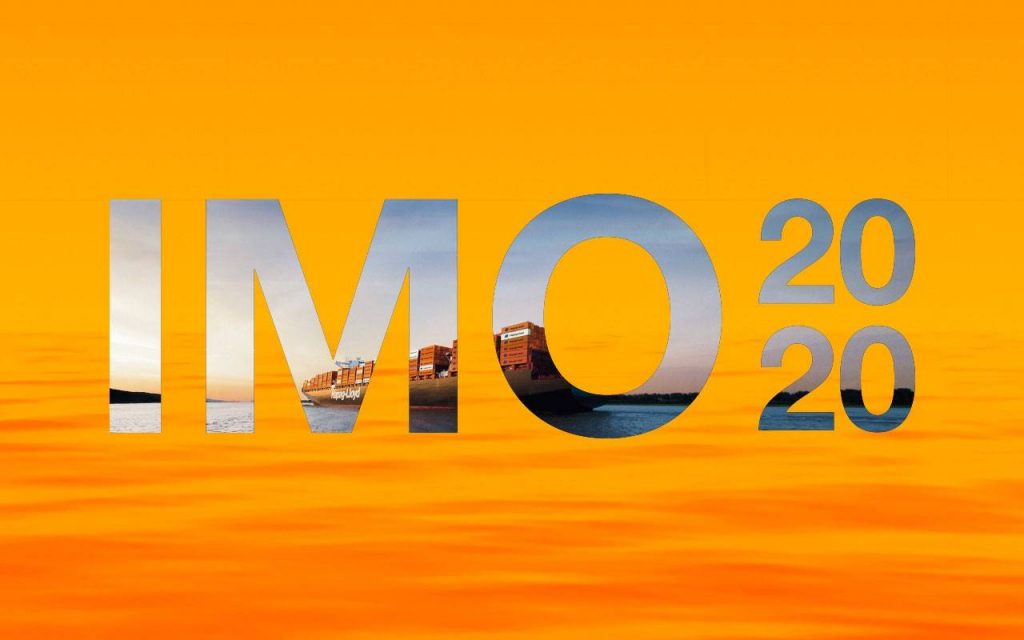By Akanimo Sampson
While tracking spot rates in December, Drewry, a leading independent provider of research and consulting services to the maritime and shipping industry, said it witnessed a wide variation in the International Maritime Organisation (IMO) surcharges depending on different carriers, different forwarders and different trade lanes.
According to Drewry which employs over 100 professionals across an international network of offices in London, Delhi, Singapore, and Shanghai, the picture may be somewhat ‘’fuzzy’’ now but is expected to become clearer in the next few months.
Carriers have been testing the new IMO charges in the spot market, which are implemented and accepted on some routes. There is, however, a huge disparity in charge levels.
Most carriers have implemented so-called IMO 2020 transition charges from December 1, leading to higher spot rates, although some forwarders are starting to pay them only from this coming January 1.
Independent, verified market spot rate data from the World Container Index assessed by Drewry confirms that spot rates from Shanghai to Los Angeles increased by 14% in the first week of December and this was followed by an increase of 17% in rates from Shanghai to Rotterdam in the second week.
It is too early to say whether these increases are sticking. Previous general rate increases did not stick.
The IMO charges enable carriers to increase their previously low rates. Despite blank sailings, rates on the Asia-Europe trade have been low owing to weak demand.
According to the Drewry Forwarder Benchmarking Club, spot rates in 3Q19 were approximately $150 lower per 40ft container than in the same period in 2018. Carriers are using IMO surcharges to lift spot rates, especially as annual contract negotiations are approaching.
Few shipping lines like Hapag-Lloyd and CMA CGM have announced these charges – explicitly at $135 and $120 per teu, respectively – whereas market leader Maersk chose to include it in its FAK rates.

